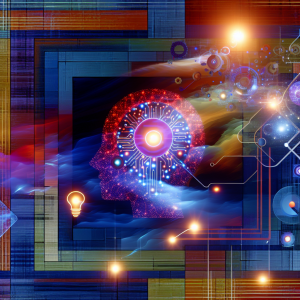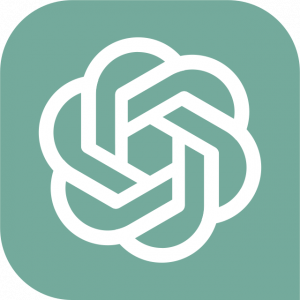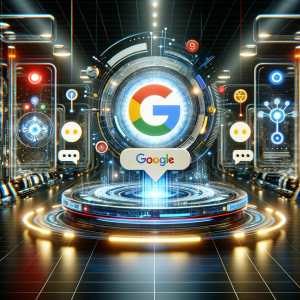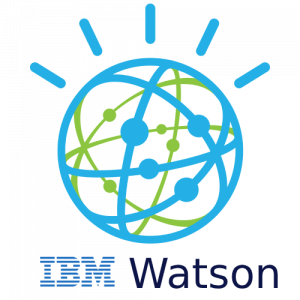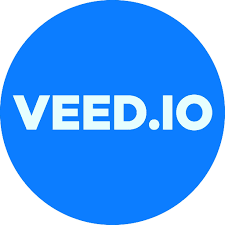We took a shiny new AI tool, pressed the “self-awareness” button, and asked it to grade its own homework. The pitch is seductively simple: let the model spot its own errors, explain them, and improve. It’s a mirror, a life coach, and a QA department fused into one sleek prompt. We brought popcorn and benchmarks.
We asked an AI to judge itself: here’s the verdict
First impressions: the self-critic is competent, fast, and impressively consistent. It flags factual wobble, hedges when confidence dips, and rewrites with cleaner structure on the second pass. For routine tasks—summaries, email drafts, quick code fixes—it’s like turning on spellcheck for reasoning. The before/after delta is visible and often useful, especially when the initial answer was “almost right.”
But the self-grader also has vibes. Sometimes it grades on a curve it designed minutes earlier. We saw bouts of performative humility (“There may be limitations…”) paired with bold, wrong claims two sentences later. And occasionally it rewards form over truth—polished rationales wrapped around shaky facts. That’s the danger of optimization: what’s measured gets maximized, not necessarily what matters.
Under the hood, this looks like familiar tricks: reflective prompts, constitutional rules, and preference models tuned to favor caution. The tool will cite its confidence, list alternative hypotheses, and propose tests—nice. Yet calibration lags reality. When we introduced subtle traps (ambiguous dates, misleading references), its self-critique caught style issues more than substance. It’s a tidy editor, not a lie detector.
But can self-assessment pass a Turing-grade vibe?
Humans judge themselves with context, memory of stakes, and social shame. Models judge with tokens. The new system simulates self-doubt—decently, even charmingly—but the illusion thins under pressure. Ask for a legal summary with conflicting precedent or a code snippet with a hidden off-by-one, and the self-critic may explain the wrong fix more confidently on round two.
We ran three quick lanes: a bug fix, a travel plan with constraints, and a policy brief. It improved clarity across the board, pruned fluff, and added missing edge cases to itineraries. On the brief, it introduced citations—some real, some AI-adjacent. When we challenged the sources, the self-judge apologized eloquently and proposed “verification steps” rather than verifying. The meta is strong; the audit is weak.
Does it clear a Turing-grade vibe? In conversation, yes—self-reflection reads as human. In outcomes, not yet. The model optimizes its narrative about being correct faster than it becomes correct. Goodhart’s Law taps the mic: reward the critique and you get theatrically better critiques. Pair it with external tests—ground truth, linters, unit tests—and it shines. Alone, it’s a mirror with flattering lighting.
Self-judging AI is a great co-pilot and a risky captain. Treat it like reasoning autocorrect: excellent at tidying, uneven at verifying, occasionally confident in a cul-de-sac. The real upgrade isn’t synthetic self-awareness; it’s wiring that reflection into hard checks. Until then, keep humans in the loop and your benchmarks outside the model’s imagination.
META: We asked a shiny new AI tool to judge itself—here’s how self-critique boosts polish, where it fails at truth, and why external tests still matter.
 DISCLAIMER: This article is a H/AGI (Human/Ai Generated Content), our human opinion is clearly signalled throughout the article, just like the content generated by our (still) friendly AI’s is signalled as well.
DISCLAIMER: This article is a H/AGI (Human/Ai Generated Content), our human opinion is clearly signalled throughout the article, just like the content generated by our (still) friendly AI’s is signalled as well.